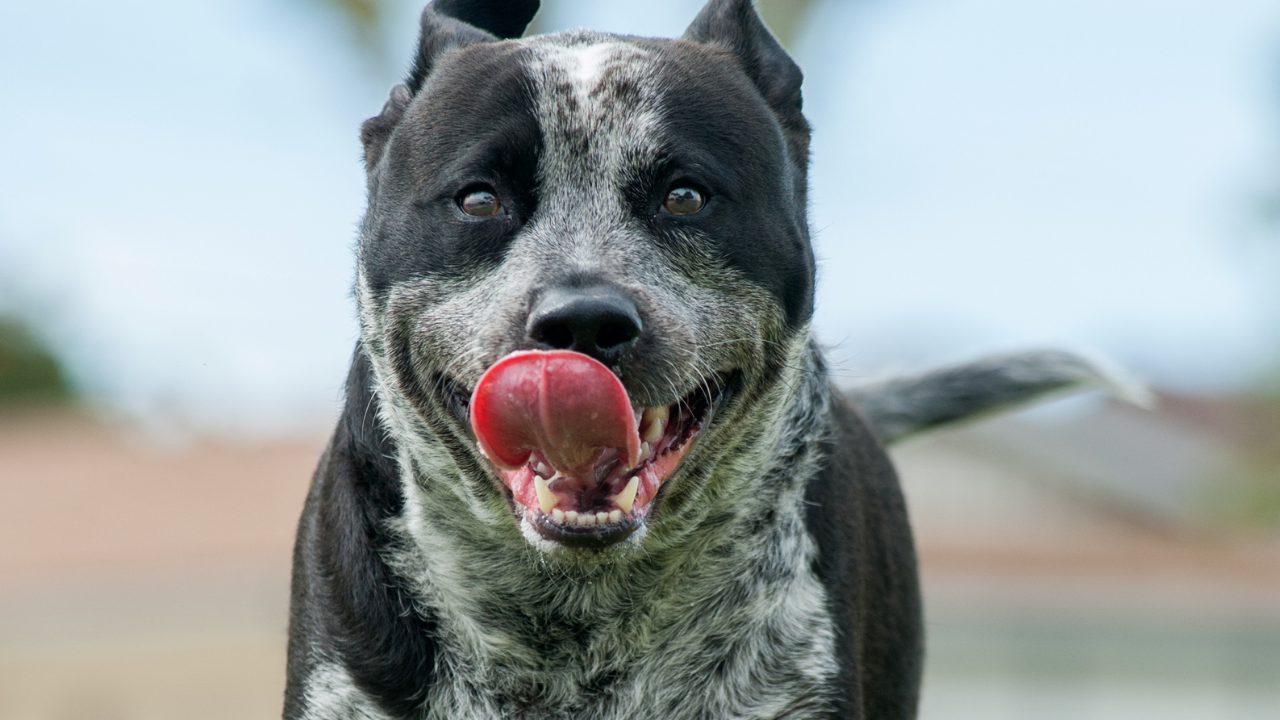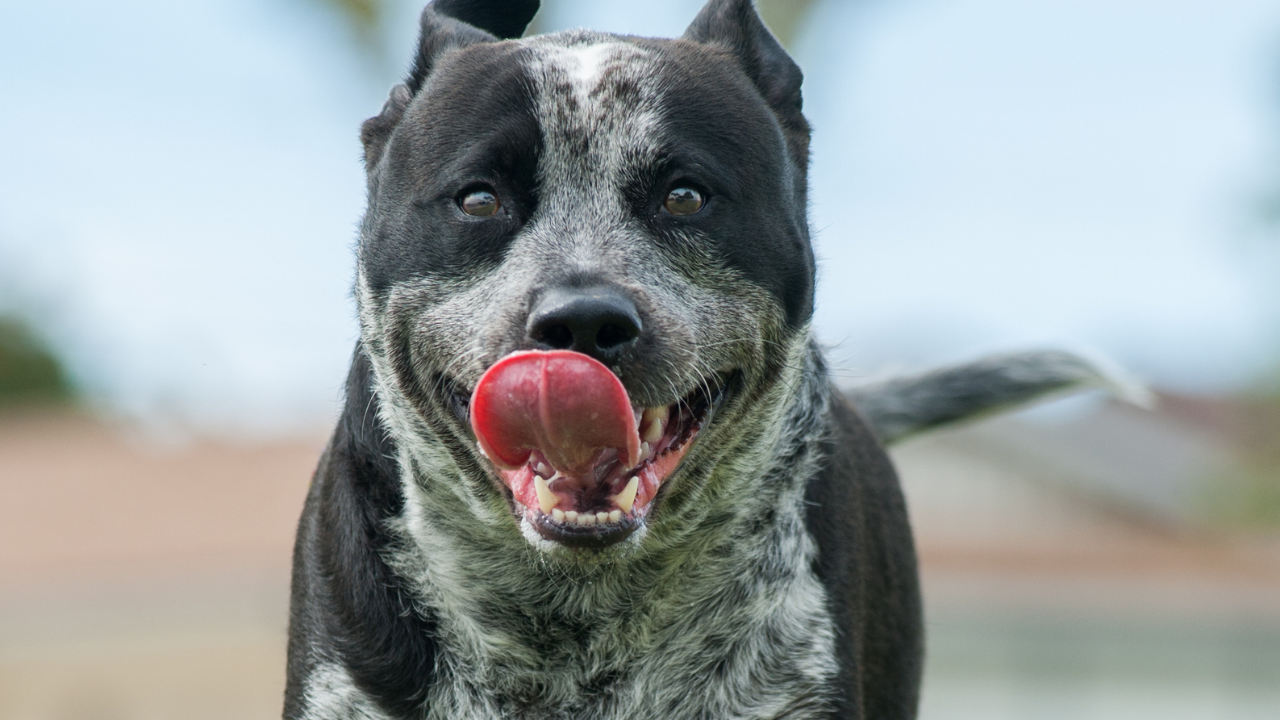How Much Is Too Much When Exercising Your Dog?
Mar 26, 2021
When it comes to properly training and conditioning our dogs, there are a number of things that can hold us back. Many people worry that they might be doing things wrong, resulting in injury to their dog.
When it comes to training and fitness, how much is too much?
When should we push our dogs to do more? When should we hold back?
To answer these questions, we must first understand two key principles that inform program design: progressive overload and periodization.
Progressive overload emphasizes the need for greater demands to be placed on the body during successive workouts over time if improvement is to be achieved (DeLorme & Watkins, 1948). The term is frequently used to refer to resistance training and building muscle strength, but it is also recognized as a fundamental principle for success when designing fitness programs and high intensity cardio training.
The idea is that in order for the body to get stronger and faster, workouts need to become progressively more challenging.
Periodization is a structured approach to training that involves gradual cycling of various aspects of a training program during a specific period of time (Frankel & Kravitz, 2000). The idea here is that we need a structured training routine that progressively overloads our dog’s body, making it get stronger and faster, while also building in periods of time for rest and recovery before increasing the workload again. In this way, we push the body enough to progress to the next level while also building in recovery time so that the body has time to physically adapt to exercise without risk of injury.
Everything we do when planning training and fitness should consider these two principles if we want to see improvement while also minimizing the risk of injury.
So how, exactly, do we do this?
When we overload the body, we must know what our goal is and what, exactly, we want to increase when entering progressive overload. If we change too many things at once or overload the body too quickly, we are setting our dogs up for failure and injury.
When making changes, I recommend focusing on one variable at a time. Give your dog’s body time to adapt to the new level of training before making changes or overloading the body once more.
Start with where your dog is right now and consider the FITT Principle. FITT stands for FREQUENCY, INTENSITY, TIME and TYPE. Choose ONE variable to be your primary focus when progressively overloading.
Give your dog multiple sessions, or even weeks, for the body to adapt before increasing the workload. A gradually increase of only 10% is a nice, safe way to advance when your dog is ready. After increasing the workload, give your dog’s body time to adapt to the new activity before overloading the body once more.
If you increase the workload by 50% overnight, you are doing things too quickly!
Additionally, if you are not consistent with your training on a weekly basis, you aren’t doing enough! Your dog’s body won’t adapt to increased exercise. In fact, your dog will become less fit if you aren’t exercising on a regular basis.
Here’s an example. My goal is to increase my dog’s endurance through cardio aerobic training.
Currently I run with my dog three days a week (FREQUENCY) at an easy jog on a flat dirt road (INTENSITY). We exercise for approximately 40 minutes (TIME) and do it as a canicross run, where my dog is pulling me (TYPE). (Sidenote: Canicross is great for both cardio and strength conditioning when your dog is pulling you!)
My goal over the next few months is to increase the length and duration (TIME) of our runs. I’ll continue to exercise three days per week (FREQUENCY). I’ll continue to run on the same dirt trails with my dog trotting and pulling me (INTENSITY). I will continue with canicross (TYPE), but I will start to slowly add more distance to our runs every few weeks.
Now don’t forget about periodization!
I’m not going to increase the distance of my runs every single time I run my dog. I’m going to create an exercise plan that has a mix of harder days and easier days along with rest and recovery.
On a final note, please note that Frequency, Intensity, Time and Type of exercise are interrelated and impact each other. As I’m increasing distance, a 10-mile run is going to be more intense than a 1-mile run. If my dog is super excited and pulling with great intensity, I won’t run as far with him.
Finally, ALWAYS monitor your dog closely and modify your training as needed. Be aware of subtle signs of soreness, pain and fatigue. Also recognize that changes in heat, humidity and altitude can lead to significant changes in your training plan. Don’t blindly follow a set schedule. Every single training session needs to be based on the needs of your dog on that particular day.
Want to learn more about canine fitness and how to design safe and effective fitness programs? Check out our Elite K9 Athlete Program at www.EliteK9Athlete.com!
References:
Delorme, T.L. & Watkins, A.L. (1948). Techniques of progressive resistance exercise. Archives of Physical Medicine, 29, 263-273.
Frankel, C.C. & Kravitz, L. (2000). Periodization: Latest studies and practical applications. IDEA Personal Trainer, 11(1), 15-16.

Stay connected with the latest fitness news and updates!
Complete the form below to receive your FREE Canine Fitness Planning Guide and video! We'll also keep you up-to-date on our latest fitness news and workshops!
We hate SPAM. We will never sell your information, for any reason.

